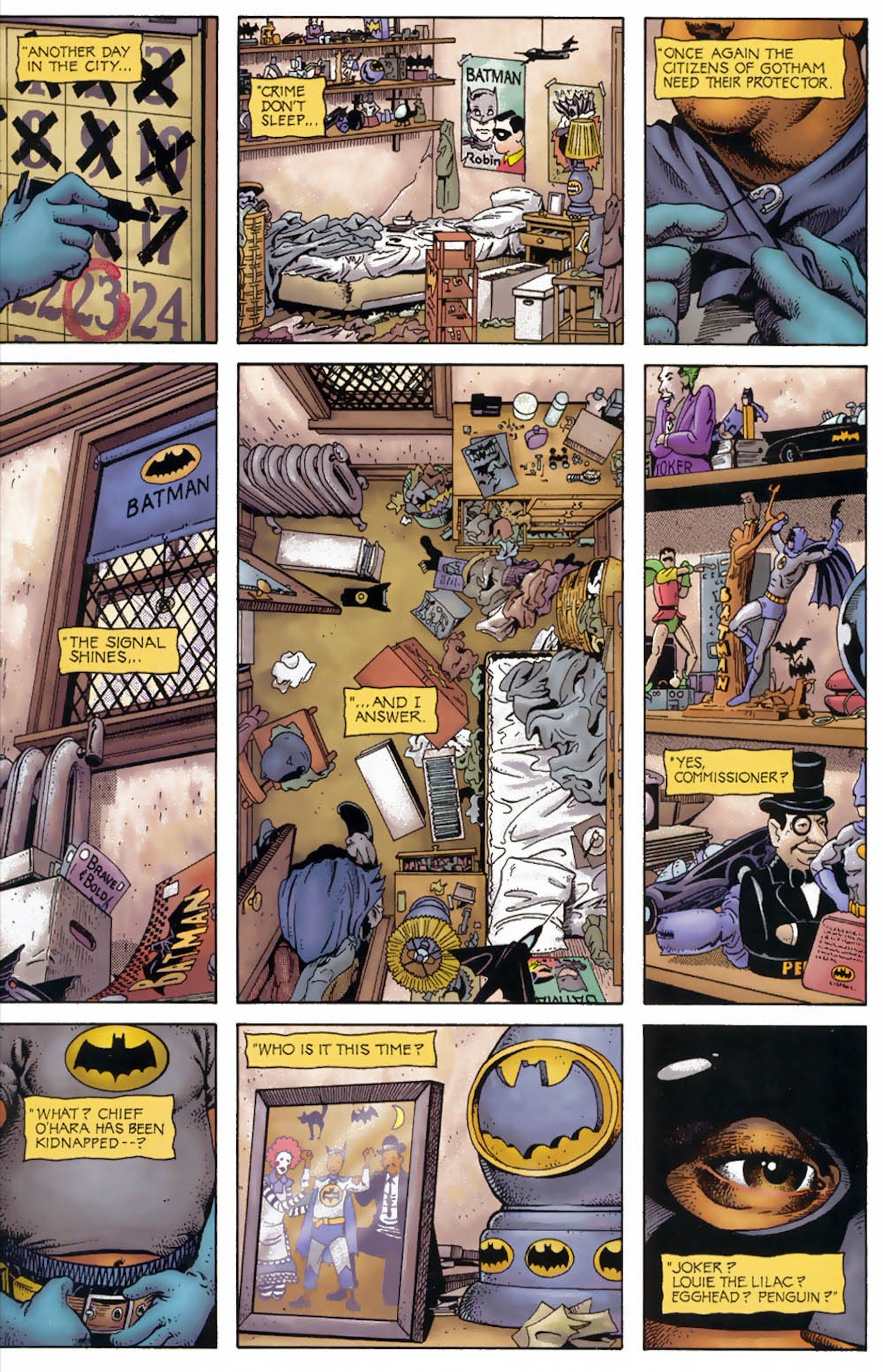One of the most heartwarming Batman stories in recent memory proves that the Dark Knight is actually better at being a symbol of hope than Superman – especially to certain people. The Caped Crusader and the Man of Steel are frequently positioned as polar opposites: Superman is a friendly friend to all people and mostly focuses on saving citizens from natural disasters and supervillains, while Batman is a dark, dour sort who defeats criminals by beating them senseless with his bare hands. But Realworlds: Batman reveals that the dichotomy between Batman and Superman is all in the eye of the beholder.
DC’s Realworlds label is an interesting experiment for the company: an entire line named after their superheroes in which no superheroes appear. The stories take place in a New York-like city; superhero comics exist but characters like Batman, Superman and Wonder Woman are as real in the Realworlds universe as they are in our own. That doesn’t stop people idolizing them like Charlie, a 27 year-old man who works as a delivery person, lives alone with the help of some friendly neighbors and has a fixation on all things Batman – to the point where he play-acts as Batman every hour of every day.
Based on the elements seen in the book from the first few panels, Charlie is quite clearly on the autistic spectrum; he has difficulty socializing with others (and has difficulty talking about any subject that isn’t Batman), doesn’t understand dangerous situations and takes nearly every interaction at face value. He’s high-functioning enough to go about his day, but is easily influenced and taken advantage of by anyone he trusts – which is practically everyone. Nevertheless, he maintains his cheerful Batman persona, even narrating his day-to-day routine in the style of the Adam West Batman TV show. Indeed, Charlie’s caretaker Mike is the only person stopping him from wearing his Batman suit to work. Charlie doesn’t see Batman as a dark figure at all – until he sees the hero’s new film, heavily hinted to be Tim Burton’s 1989 Batman.

“Gotta be a mean Batman,” Charlie says to himself in the theater. He creates a new costume based on Michael Keaton’s all-black ensemble. When his friend Clarissa – whom he calls Robin – is threatened by a street gang (in reality, she was only childhood friends with Charlie and hasn’t seen him in decades; the street gang deals her drugs and cares very little for her), Charlie-as-Batman attempts to fight them off. The attempt is disastrous as the thugs ruthlessly beat Charlie unconscious; only the local neighborhood kids who know Charlie are able to save him. After Charlie makes a full recovery, he continues acting as Batman – the Adam West version this time – as if nothing happened.
Batman wasn’t always a dark and violent vigilante, and for awhile was known as a friend to everyone. Charlie must have seen Batman’s interactions on TV and did his best to emulate West’s heroic and good-natured demeanor (those on the autistic spectrum have difficulty learning behavior through observation, and many emulate the interactions of fictional characters as a result). For Charlie, Batman is a symbol of hope – and the same goes for Charlie who himself is a friend to everyone he meets.




